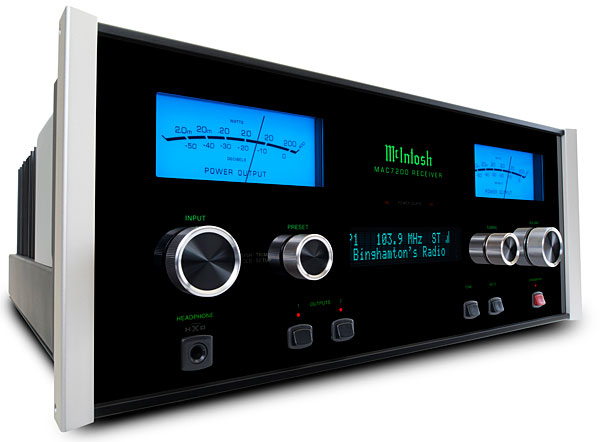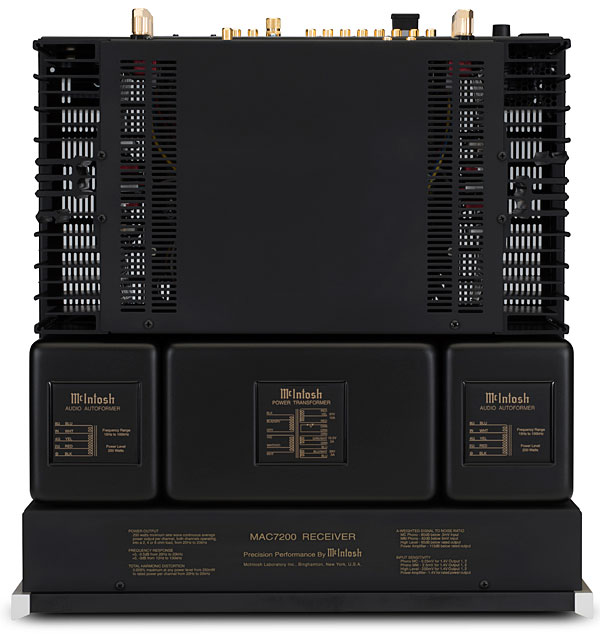| Columns Retired Columns & Blogs |
As someone who uses a Tandberg receiver to listen to classical stations when I visit my parents in Montreal and a Linn Kremlin for my FM sessions here in NYC, it is nice to see companies still investing in FM. Also nice to see a receiver with enough inputs for those of us who have more than two components to plug in.










































